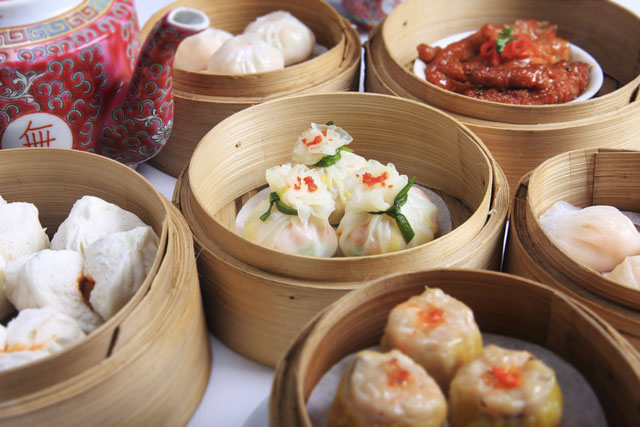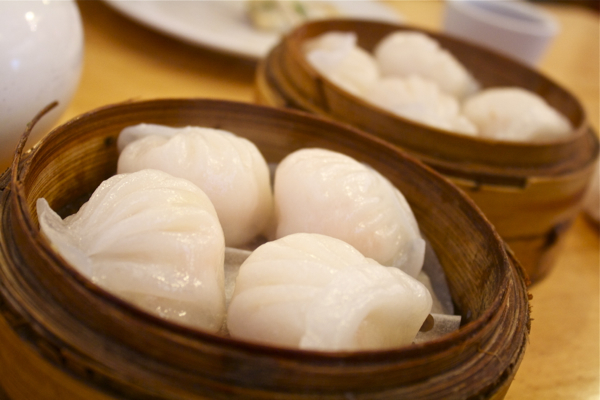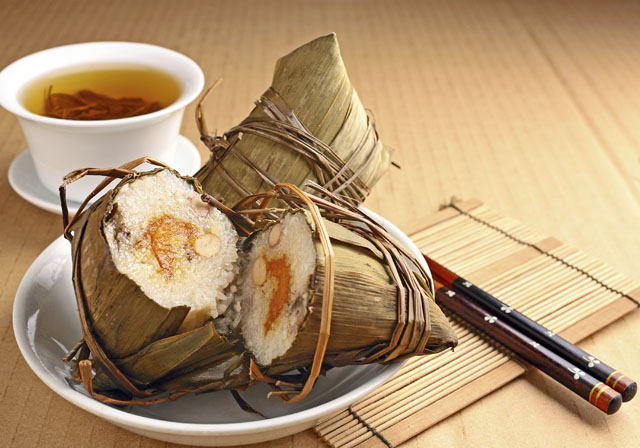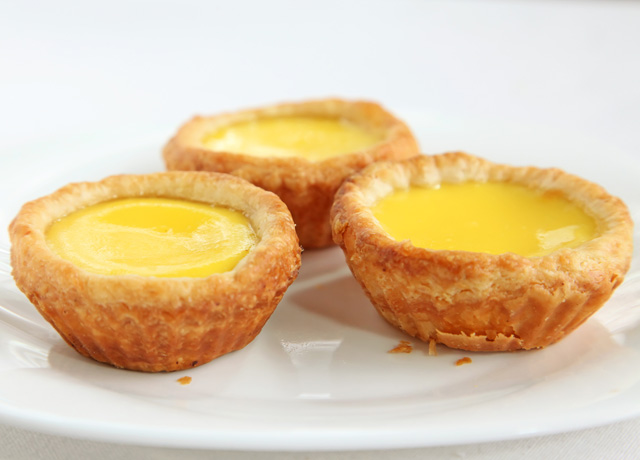Dim sum 101: A beginner’s guide to Cantonese favorites

The GMA News TV program "Pop Talk" decided to take things to the next level, visiting Hong Kong to sample the best of Cantonese food. For dim sum, host Tonipet Gaba visited Tim Ho Wan, the cheapest Michelin-starred restaurant in Hong Kong, where he and a team of lucky guest reviewers sampled a myriad of steamed and fried dumplings.
To the average diner, however, the variety of available dim sum can be overwhelming. Here’s a breakdown of some popular dim sum varieties—with pronunciation cheats—that’s guaranteed to take your next Chinese food trip beyond the usual pork siomai.

Chee cheong fan (rice noodle roll)
Pronunciation tip: Say “chee” as in “cheek,” “cheong” as in “cheongsam,” and “fun” as in “it’s more fun in the Philippines!”
Its name may translate to “pig intestine noodles,” but don’t let that turn you off. Chee cheong fun are freshly rolled rice noodles with meat filling and soy dipping sauce—someone just decided to get creative with the name.
Though the rice noodles in themselves are bland, chee cheong fun packs a punch thanks to the filling—sometimes beef or char siu—and the addition of sweet soy sauce. The result is a chewy and slippery start to a meal that’s savory without being too salty. When buying cheong fun, take note of the noodles’ transparency. Excellent cheong fun will have translucent noodles, and filling peeking out the ends of each roll.

Pronunciation tip: Say “ha” as in “haha,” and “cow” like the animal where we get beef from.
Sometimes spelled as ‘hakaw’ or ‘hakao,’ these dumplings contain shrimp, bamboo shoots and scallions, all wrapped in a wheat-wrapper pouch. Chunky and sweet, har gao is a crowd favorite in both Hong Kong and the Philippines.
They may look simple, but har gao is a tricky dish to prepare correctly, as the dim sum chef must cook the filling well without oversteaming the delicate wrapper. Done right, the shrimp should retain some crispness while the wrapper must not stick to the on which it's paper it is served.

Lo mai gai (sticky rice in lotus leaves)
Pronunciation tip: Say “law” like “lawyer,” “mai” like the first part of “mine,” and then “kai,” the first half of kite.
Imagine a rich mix of ground chicken, mushrooms and green onions, all packed into a pocket of sticky rice—and you’ve got lo mai gai. This is a bit of a gamble though—poorly made lo mai gai can be a bad experience, especially when there is too much rice and not enough meat. That said, good lo mai gai is a filling treat of different textures.
Don’t eat too much, though; lo mai gai is one of the heavier dim sum, so be sure to save room for your other dishes.

Pronunciation tip: Say “shau” like “shower.” “Long” is easy—just say it how you normally would. Say “pao” as in “siopao.”
When restaurant chain Crystal Jade opened shop in the Philippines in 2010, Filipinos went gaga for their specialty: xiao long bao, or dumplings that contain both meat and soup. While Filipinos these days have realized that xiao long bao has been available in the Philippines for decades, the novelty of biting a hole in the wrapper and sipping out soup still hasn’t gotten old.

Daan taat (egg custard)
Pronunciation tip: Pronounced "daan taat" like “tanta,” as in “tantalizing.”
Unlike Western egg custards, which are eaten after a meal, daan taat can be enjoyed together with your other dim sum. Served warm, daan taat is a small bundle of sweet custard and flaky crust—perfect for cleansing the palate in between the saltier meat-based dim sum.—Cristina Tantengco/PF, GMA News
For more reviews on food, travel, and technology, watch "Pop Talk" every Tuesday at 10:00 PM on GMA News TV! Follow the show on Twitter and Facebook.
Comments